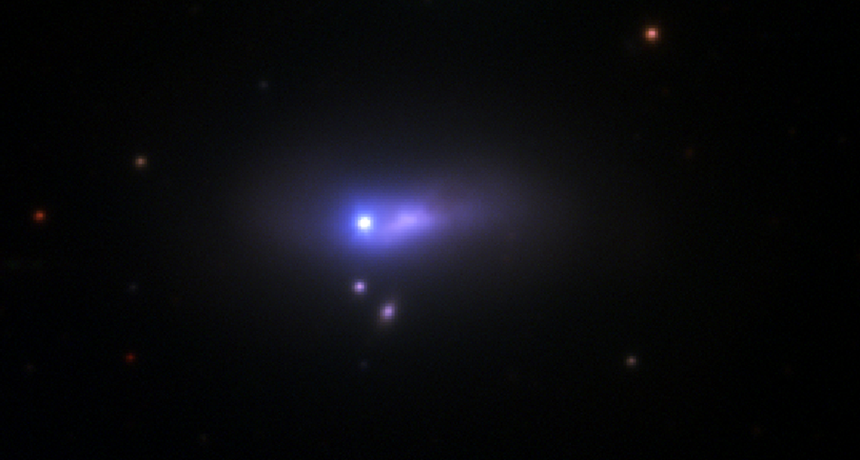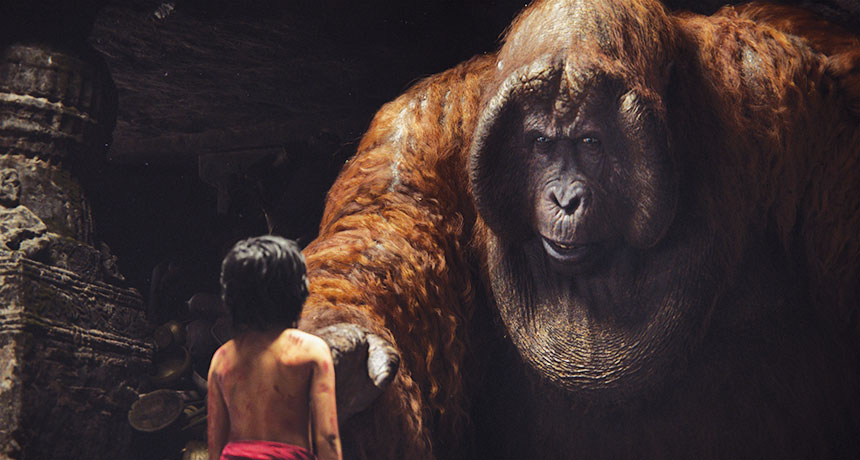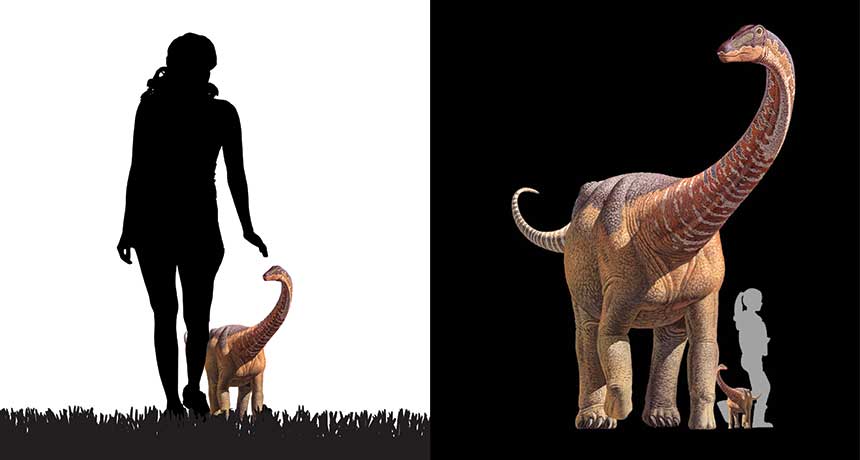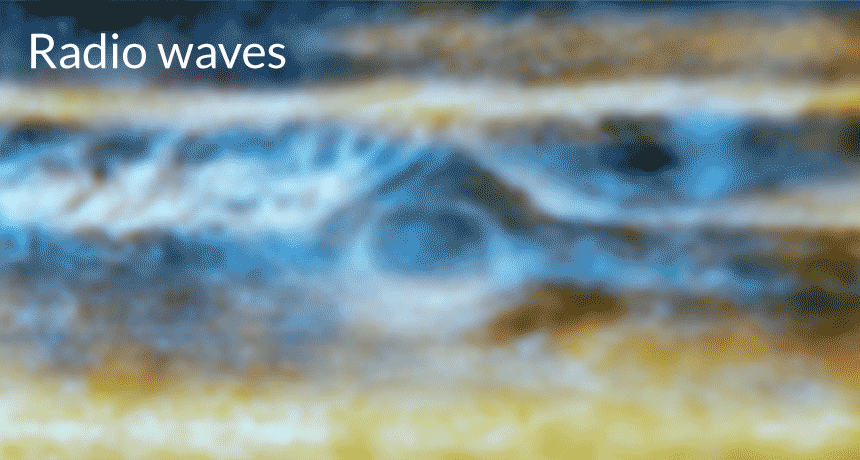More countries take actions to handle Japan’s nuclear-contaminated water dump, while US ‘double-standard exposed hypocrisy’

In order to prevent any impact caused by Japan's dumping of Fukushima nuclear-contaminated wastewater into the Pacific Ocean, more countries, especially those in the Asia-Pacific like China, Thailand and Russia, are taking actions, including strengthened testing of aquatic products imported from Japan, while more people and organizations from South Korea and the Pacific Island countries are voicing their opposition and concern over Tokyo's decision.
Although the US said it is "satisfied" with Japan's act, which has caused fury and concern worldwide, the US is in fact the country that has seen the greatest reduction in imports of Japanese seafood and rice wine, media reported, citing data published by Japan's Ministry of Agriculture, Forestry and Fisheries.
Experts said this has exposed the hypocrisy of Washington to trade permission for Japan's dumping for Tokyo's loyalty to serve its geopolitical strategy, and that the administration of US President Joe Biden cares less about the safety and environmental protection that seriously matters to the US people. The US priority is geopolitics and US hegemony, as its poor handling of the Hawaii wildfires and hypocritical response to Japan's nuclear-contaminated water dumping plan are hard evidence of this.
The Japanese government said on Saturday that "no detectable amount of tritium was found in the first fish samples taken in waters near the Fukushima nuclear plant." The fish samples, "a gurnard and olive flounder," were collected Friday within five kilometers of the dumping outlet of the Fukushima Daiichi complex, the Fisheries Agency of Japan said on its website.
This information release just caused more suspicion among the public, as many netizens on Chinese social media networks asked "why the Japanese government only took two fish to sample." They doubted the credibility of the detection and research results that are provided by the Japanese government.
According to South Korean media Hankyoreh on Friday, South Korean experts on nuclear energy are concerned that after public attention toward the dumping declines, the Japanese government will dump the nuclear-contaminated wastewater more recklessly, as Japan has consistently denied South Korea and other relevant countries' requests to directly collect samples.
More countries take actions
After Japan started dumping nuclear-contaminated wastewater from the crippled Fukushima Daiichi nuclear power plant into the sea on Thursday, more and more Asia-Pacific countries have taken actions in response. Apart from China's decision to suspend imports of all aquatic products from Japan, Thailand and Russia vowed to tighten control and strengthen testing of aquatic product imports from Japan.
The Food and Drug Administration of Thailand said if the seafood imported from Japan exceeds the standard of radiation and other relevant indexes, the country is ready to order a recall and suspend imports, according to Thai media PPTV.
According to Singapore media zaobao.com, as Thailand is located in the area with high risks caused by Japan's dumping of nuclear-contaminated water, the Thai governmental departments of fisheries, food and drug administration, nuclear energy and other relevant agencies have had an emergency meeting, where they decided to strengthen supervision measures. Thai officials said that Thai customs and relevant departments that conduct inspections of imported seafood are being prepared.
Russia's quarantine agency has tightened quality control of seafood imported from Japan after the dumping of nuclear-contaminated wastewater started, the Xinhua News Agency reported on Friday.
In a news release issued on Thursday, the Federal Service for Veterinary and Phytosanitary Supervision of Russia said that "Russia shares the concerns of many countries regarding the impact of nuclear-contaminated wastewater discharge on food safety, thus the agency introduces a regime of enhanced control on radiological parameters of fish and seafood imported from Japan."
"If an excess of radioactive material is detected, restrictive measures will be taken in relation to the supply of such goods from Japan," the Russian agency said.
Analysts said the Japanese government has put in a lot of resources to buy "support" or "understanding" from other countries and regions, as it understands that some countries are concerned or opposed to Japan's irresponsible decision, especially countries and regions in the Asia-Pacific. However, even if some countries did not express open oppositions, they are taking serious actions to handle the impacts.
Rising concerns
In some other countries, concern and opposition against Japan's actions have increased, despite their governments remaining silent or exhibiting tolerance toward Tokyo.
In the Pacific Island Country of Fiji, the Suva Fish Market Association came out strongly on Thursday and stated that it does not agree with the dumping of the Fukushima nuclear-contaminated wastewater into the Pacific Ocean, and they are also concerned over the Fijian government's attitude that "the discharged water is safe," according to Fiji media fijivillage.com.
Samu Maraiwai, president of the association, said the nuclear-contaminated wastewater to be dumped into the Pacific Ocean poses "a risk of massive destruction to our marine ecosystem and our source of livelihood." Maraiwai said the nuclear-contaminated waste will be toxic to a certain level and it will affect the marine ecosystem including fish, seaweeds, corals and other sources of livelihood.
According to South Korean media Yonhap News, about 50,000 people rallied in Seoul on Saturday to "protest Japan's release of radioactive water from the crippled Fukushima nuclear power plant," with the participation of some 90 civic groups which have formed a coalition to protest the dumping of nuclear-contaminated water and members of four opposition parties, including the main opposition Democratic Party (DP).
Occupying four traffic lanes, the protesters chanted slogans and held up signs reading, "Retract disposal of Fukushima contaminated water," and "Denounce the Yoon Suk Yeol administration."
"Japan has crossed a line that shouldn't be crossed," DP leader Lee Jae-myung said from a platform installed for the rally. "Discharging nuclear contaminated water is a declaration of war against nations bordering the Pacific Ocean.
"Japan should apologize to the Republic of Korea, which is its nearest country and is suffering the most damage," he noted. Lee also accused South Korean President Yoon Suk-yeol of justifying and supporting the water dumping when Japan was hesitant out of concern about its neighbors.
US hypocrisy
Defying mounting oppositions and contrary to its self-styled image as a global leader in environmental protection, the US Department of State endorsed Tokyo's controversial dumping of the Fukushima nuclear-contaminated water into the ocean, saying the US is "satisfied with Japan's safe, transparent, and science-based process."
Endorsing Japan's selfish and irresponsible practice that harms the global environment and the health of human beings in the planet, the US has trampled on its own image as a leader in global environmental protection, exposing its selfishness and hypocrisy of prioritizing its geopolitical interests above the long-term well-being of people around the world, experts said.
As the US publicly backs the Japanese government's plan to dump nuclear-contaminated water into the ocean, media reports quoting data from the Ministry of Agriculture, Forestry and Fisheries of Japan revealed that the US was making the biggest moves in decreasing imports of agricultural and aquatic products from Japan in the first half of 2023.
Data showed that the US is the country that reduced imports of Japanese agriculture, forestry and fishery products the most in the first half of the year, with imports down by 8.3 billion yen ($57 million). The main production areas of the three kinds of products are all in areas affected by the dumping of nuclear-contaminated water, according to media reports.
Though well aware of the risks brought about by the nuclear-contaminated water to surrounding oceans and the entire global environment, the US has succumbed to its political interests and is going against its image as a leader of environmental protection activism, Lü Chao, an expert on Korean Peninsula issues at the Liaoning Academy of Social Sciences, told the Global Times on Saturday.
"It is laughable to see the hypocrisy and double standards held by the US by covering up Japan's extremely selfish and irresponsible wrongdoing," Lü said.
"Acts and deeds from the US show that it purely considers Japan's act of harming the global environment and human beings of all countries from a geopolitical perspective. The US's real intention is to tie Japan to its chariot of geopolitical games," Li Haidong, a professor at the China Foreign Affairs University, told the Global Times on Saturday.
Without the indulgence of the US, the Japanese decision to dump nuclear- contaminated water would not have been so arbitrary. Japan opened a Pandora's box on Thursday with the strong backing of the US, allowing crisis to plague other countries and the international community, Li noted.








